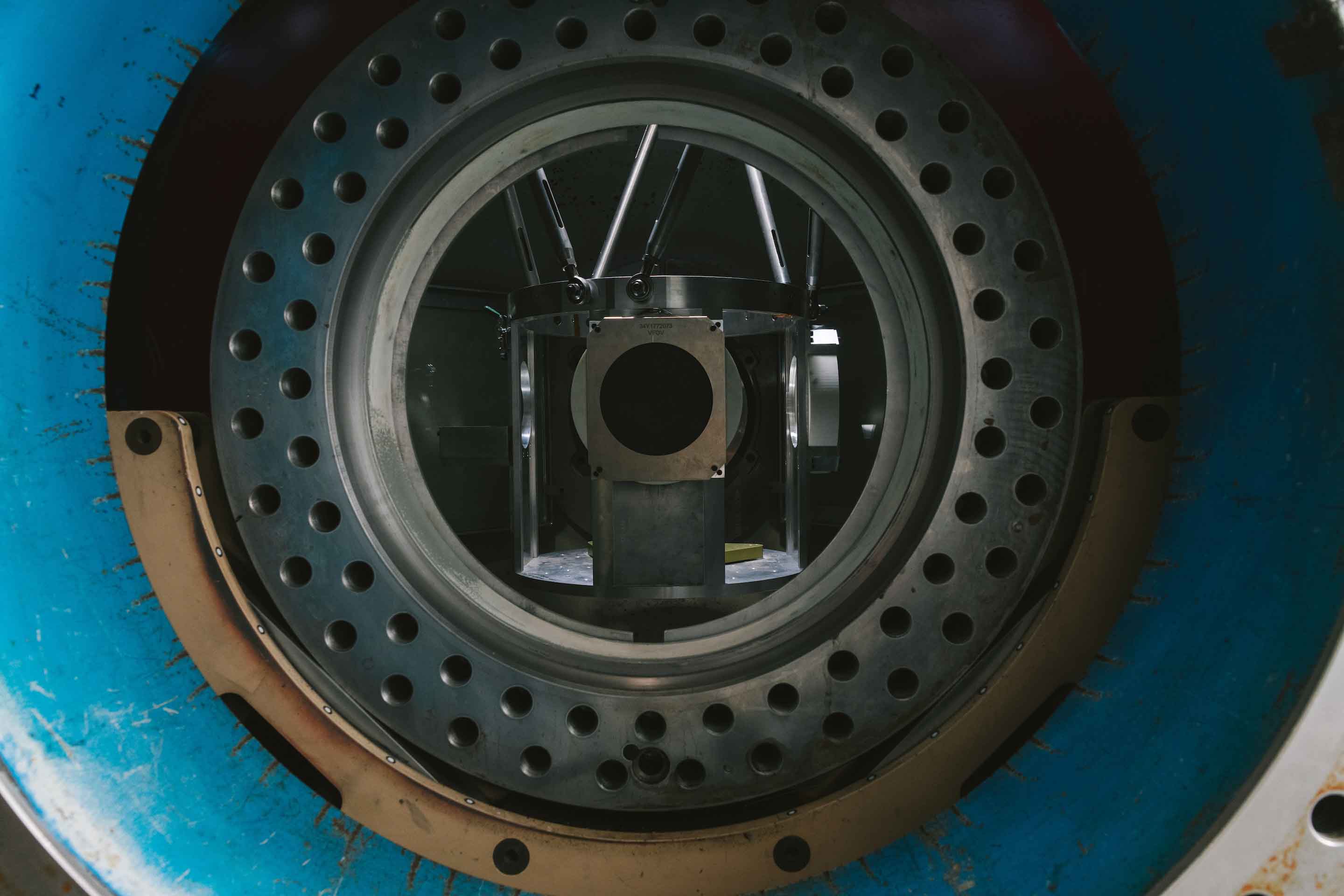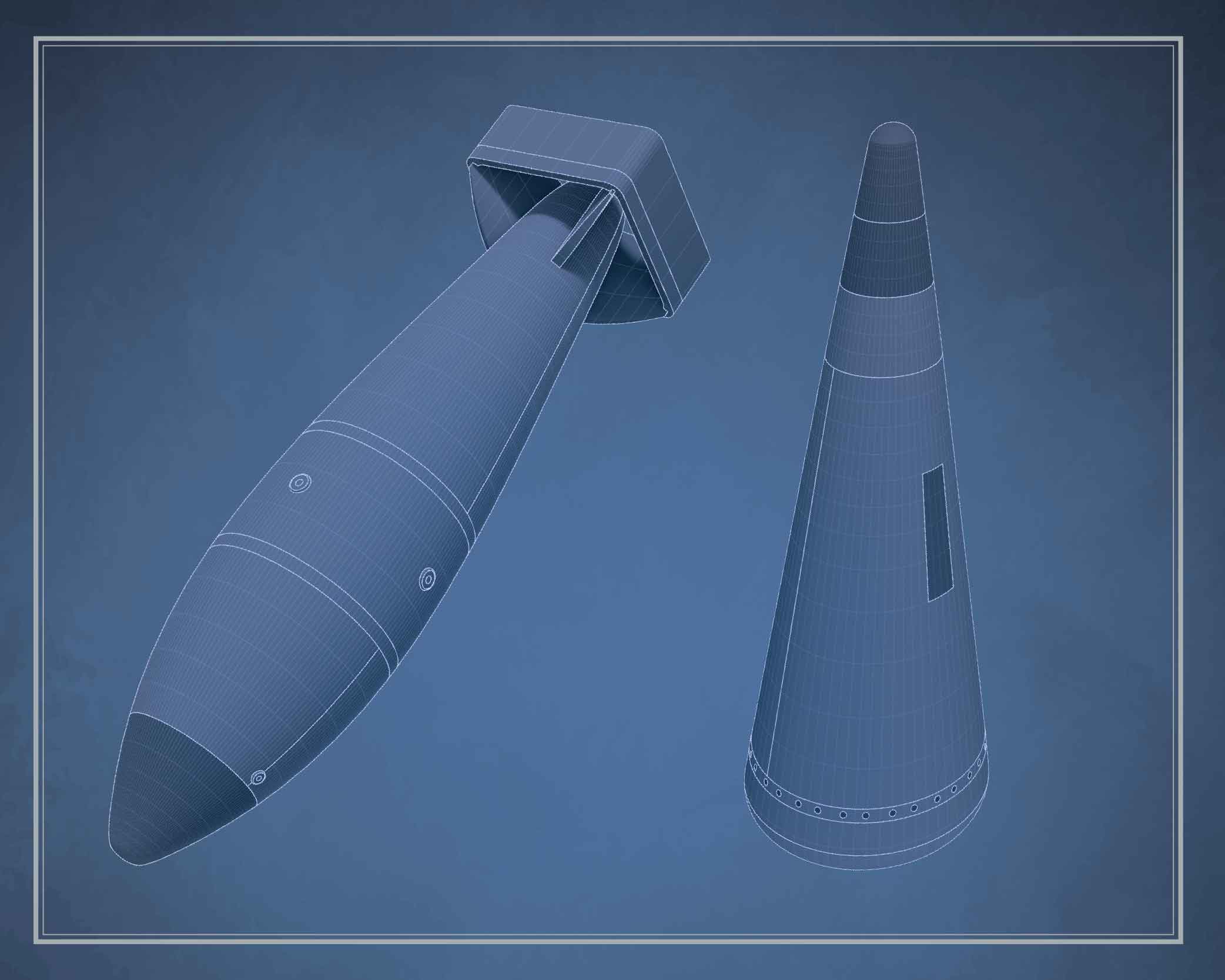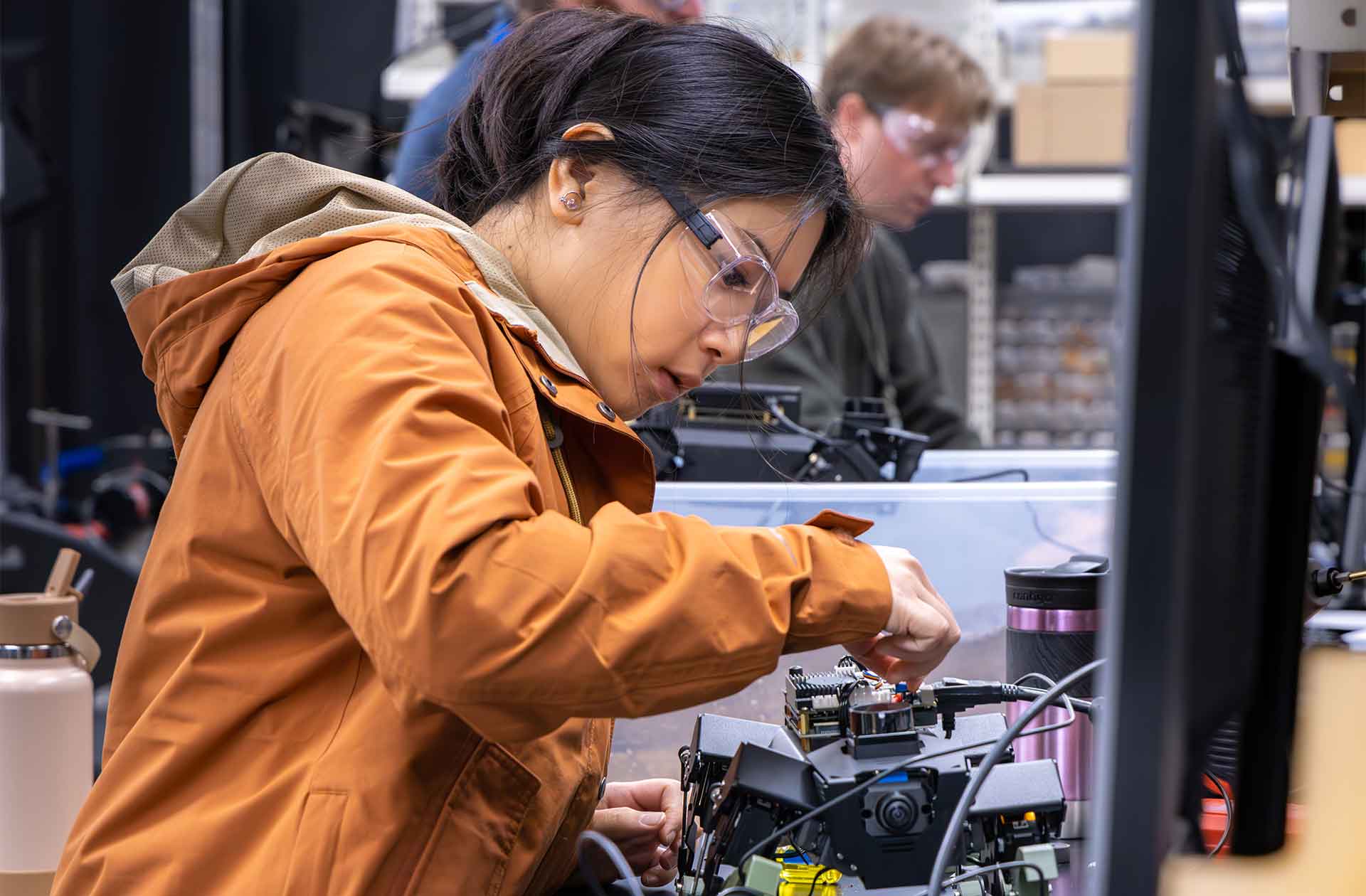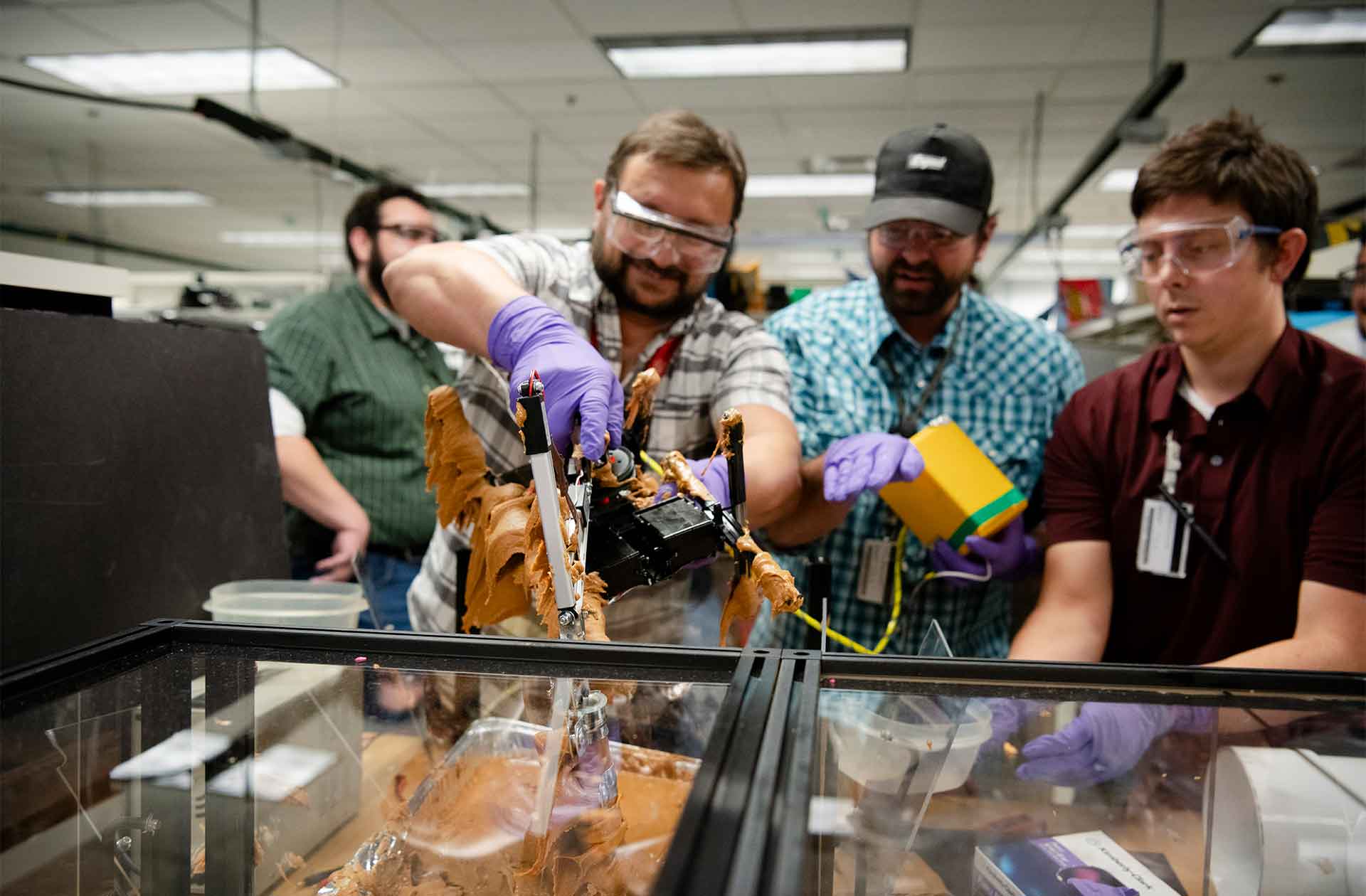Working smarter
Expanding the computer codes that are used to simulate how nuclear weapons work will help scientists think about how to update weapons.
- Katharine Coggeshall, Writer

Nuclear weapons have a life cycle—just like a car or computer, they are designed, developed, produced, and maintained. And just like cars and computers, weapons won’t last forever. Currently, America’s nuclear weapons are being updated and refurbished—which sounds straightforward but can be complicated.
For one, the manufacturing facilities that produced our nation’s nuclear weapons decades ago may run into roadblocks, such as new environmental regulations that make manufacturing certain parts or using certain materials impossible. And two, much of the workforce that created our aging weapons has retired, leaving the task to a new generation—one with no experience designing a weapon from start to finish. What would the U.S. government do if new threats necessitated an improved weapons system?
“These expanded codes are really important as we move forward as a nation. They allow us to quickly respond to adversary actions and fill in gaps that could lead to vulnerabilities in the current stockpile.”
Because the United States no longer tests nuclear weapons, it maintains its weapons through science-based stockpile stewardship, which uses old testing data, data from current small-scale experiments, and supercomputer simulations of how a weapon works.
The supercomputers use computing codes that have been fine-tuned over the years for existing weapons systems. But recently, with the anticipation of someday needing improved weapons, a team at Los Alamos has begun to essentially expand the codes to enable the exploration of weapon designs.
“We wanted our engineers and scientists to exercise every part of a weapon’s life cycle,” says weapons design engineer Matthew Tucker. But the team quickly realized that focusing on all the phases of a weapon’s life cycle is a lot more work than focusing on the “maintain” portion of the life cycle. To address their self-inflicted colossal workload, the team members introduced functional data analysis (FDA) for certain tasks.
FDA is a statistical computer program that “learns” what a designer is attempting to accomplish, such as selecting the best data out of a huge set of possibilities. As statistician Joanne Wendelberger explains, “What used to take a designer 200 runs of computer code, with each runtime at approximately 30 minutes, can be cut down to only 20 runs of code.”
Using FDA allows weapons designers to explore more innovative aspects of weapons physics. One such success was demonstrated with a recent hydrodynamic (hydro) experiment—a test of a nuclear weapon design that uses nonnuclear materials. The data from this hydro, when cross-referenced with simulations from the expanded codes, provided physical proof that the codes will be useful for weapon design.
“These expanded codes are really important as we move forward as a nation,” Tucker says. “They allow us to quickly respond to adversary actions and fill in gaps that could lead to vulnerabilities in the current stockpile.”








